
About
SOCRATES2.0 stands for ‘System of Coordinated Roadside and Automotive Services for Traffic Efficiency and Safety’. It is a European project based on a cooperation of road authorities, service providers and car manufacturers. Together they will improve car mobility by promoting cleaner, efficient and safe flow of traffic. Hence our pay-off: fast, safe and green.
Developing the standards for the future of road mobility
SOCRATES2.0 promotes the European wide introduction of traffic management and navigaton services in mobile/in-car devices. For this, a well-structured cooperation between road authorities, service providers and car industries needs to be developed, making use of newly developed business models which create a win-win-win for both public and private stakeholders and users and new data exchange protocols to provide technical solutions throughout the complete traffic management (value) chain. And also paving the way for large-scale deployment of self-driving cars.
Connecting traffic information
The key lies in developing intelligent ways to collect, exchange and use traffic data throughout the complete value chain for traffic management and information services. At this moment traffic data is collected by both road authorities and service providers. Increasingly cars and drivers themselves also produce essential traffic information. By exchanging and integrating all available information from road authorities, service providers and road users you can create a complete and consistent picture of the expected traffic situation. This way road authorities and service providers can anticipate real-time and expected circumstances and provide smart traffic management and navigation services.
Unique public-private cooperation
SOCRATES2.0 foresees in a cooperation framework – at a strategic, tactical and operational level – to deploy interactive traffic management among road authorities, service providers and car manufacturers. It is expected to lead to better services for roadusers, more business opportunities for the private partners and a more cost-effective traffic management for the public authorities.





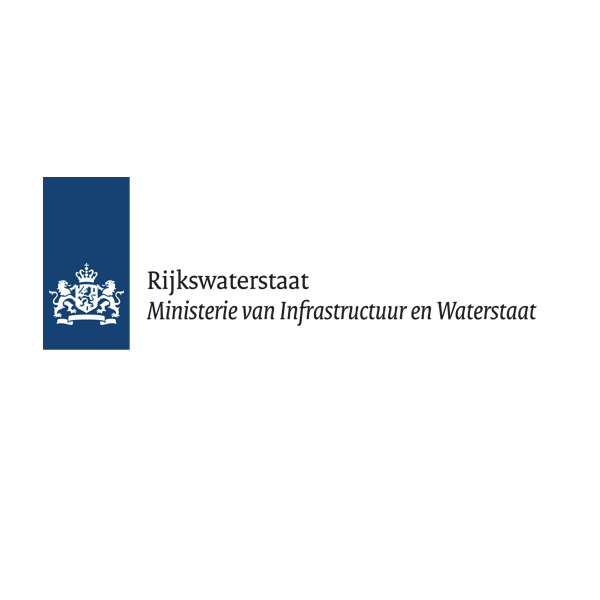
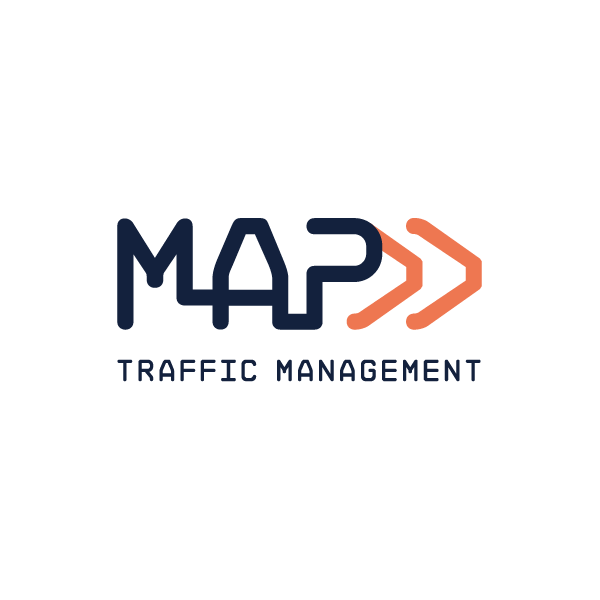

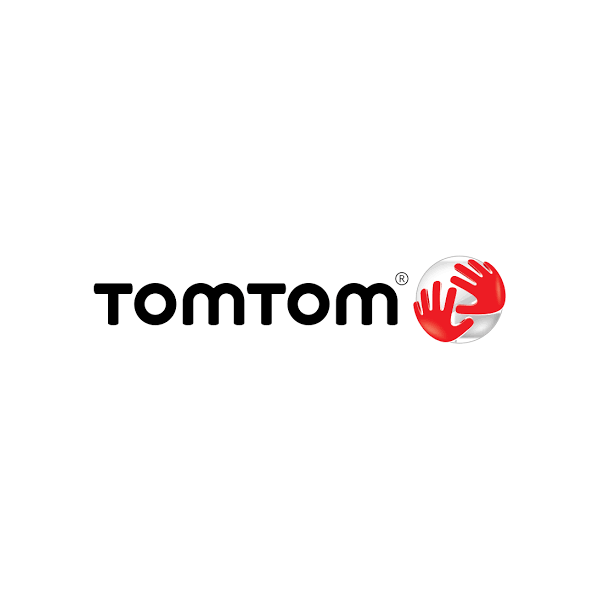
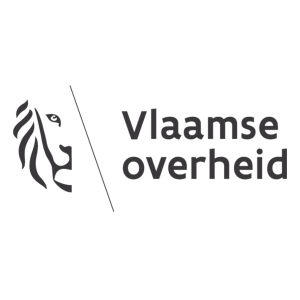
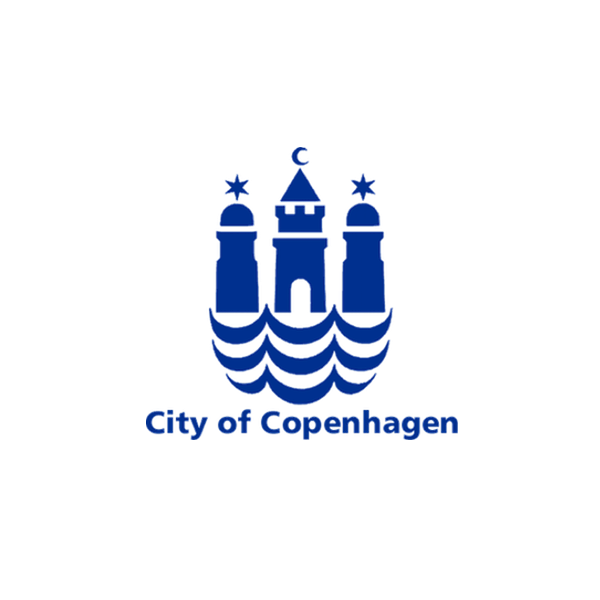
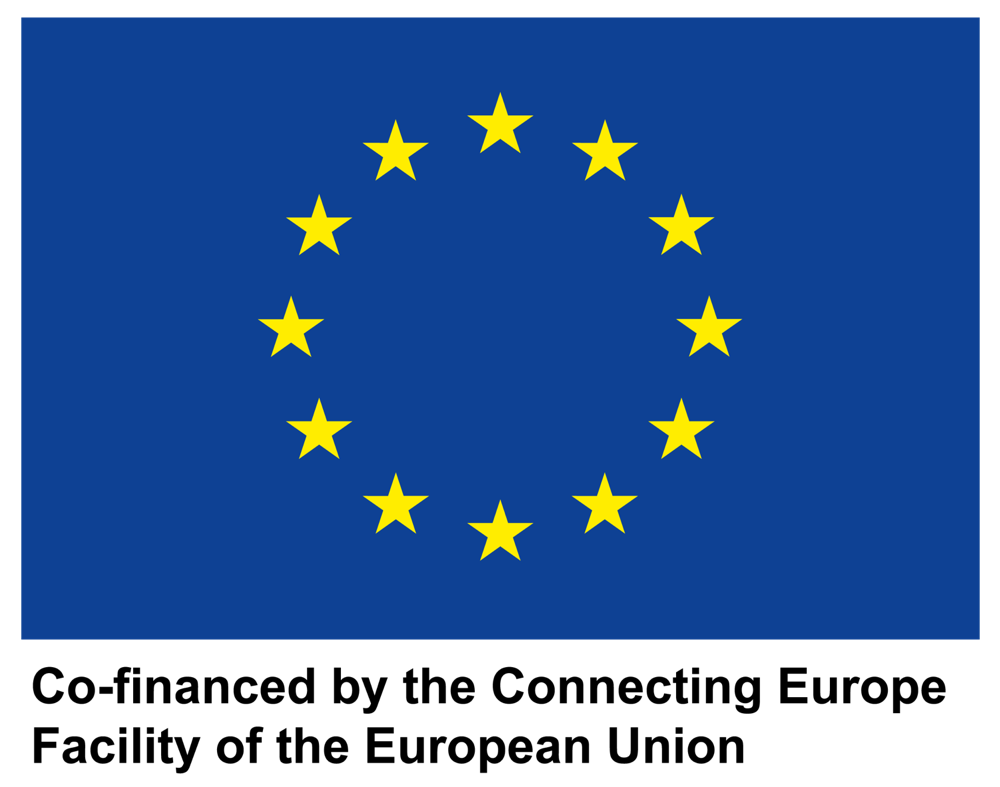
Shared benefits
Road users will directly benefit from the cooperation of road authorities, car manufacturers and service providers through information services with better routes, lane and speed advice and integrated, real-time information. The general public will benefit from improved safety and reduced pollution.
Service providers and the automotive industry can provide new and more accurate services to their customers. And it creates new business opportunities like new markets and services.
Road authorities/traffic centres will have improved monitoring and therefore can provide more accurate traffic management measures that will not only be available on road side information equipment, but will also be embedded in in-car navigation services. In the end this will lead to opportunities for cost reductions.
Transition process
Towards a new framework of cooperation

Different levels of cooperation between service providers and road operators are possible. Assumption is (especially for routing) that service providers focus on optimal individual advice to their clients, while road operators work on a collective optimum for all road users.
- Traffic data could be exchanged; data captured from cars could be provided to the operators while for instance loop data could be sent to service providers. This way, stakeholders strengthen each other’s overview of the current situation on the road. They can both use this to improve their operations and advice.
- Information from Traffic Control Centres can be provided to navigation devices. For instance, routing advise shown on roadside panels can be used for in-car navigation devices as well. The message could appear on the navigation device directly, or this traffic control advice can be integrated into the individual navigation advice. This way, the visibility and effectiveness of traffic control may be improved.
- Common traffic management strategies can be developed between road operators and service providers. This goes beyond data sharing; stakeholders develop an integrated approach for distribution of traffic over the network, striking a balance between an individual and the collective optimum.
Roadmap
Project set up
Find more information on the activities and planning:
ROADMAP AND ACTIVITY OVERVIEW